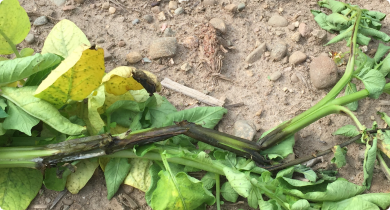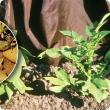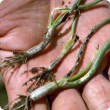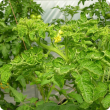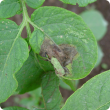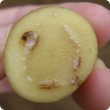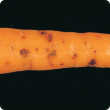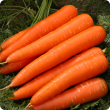Diseases
Diseases have a detrimental effect on plants and animals and impact on market access and agricultural production. Diseases include micro-organisms, disease agents (bacteria, fungi and viruses), infectious agents, parasites and genetic disorders.
Western Australia is free from some of the world's major agricultural and livestock diseases. Biosecurity measures on your property are vital in preventing the spread of diseases.
The Department of Primary Industries and Regional Development provides:
- biosecurity/quarantine measures at the WA border to prevent the entry of plant and animal diseases
- post border biosecurity measures for harmful animal and plant diseases
- advice on widespread diseases present in the state.
For advice on animal and plant diseases search our website, the Western Australian Organism List or contact our Pest and Disease Information Service (PaDIS).
For diagnostic services, please contact our Diagnostic Laboratory Services.
Filter by search
Filter by topic
- (-) Remove Vegetables filter Vegetables
- Horticulture (29) Apply Horticulture filter
- Crops (29) Apply Crops filter
- Biosecurity & quarantine (15) Apply Biosecurity & quarantine filter
- Biosecurity (15) Apply Biosecurity filter
- Plant biosecurity (14) Apply Plant biosecurity filter
- Potatoes (13) Apply Potatoes filter
- Fungi (10) Apply Fungi filter
- Tomatoes (7) Apply Tomatoes filter
- Viruses & virus-like (7) Apply Viruses & virus-like filter
- Crop diseases (5) Apply Crop diseases filter
- Carrots (5) Apply Carrots filter
- Bacteria (5) Apply Bacteria filter
- Cauliflower (4) Apply Cauliflower filter
- Chinese cabbage (4) Apply Chinese cabbage filter
- Cabbage (4) Apply Cabbage filter
- Brussels sprouts (4) Apply Brussels sprouts filter
- Broccoli (4) Apply Broccoli filter
- Pests (3) Apply Pests filter
- Capsicums and chillies (3) Apply Capsicums and chillies filter
- Onions (3) Apply Onions filter
- Production & postharvest (2) Apply Production & postharvest filter
- Garlic (2) Apply Garlic filter
- Parsnips (1) Apply Parsnips filter
- Postharvest (1) Apply Postharvest filter
- Sowing (1) Apply Sowing filter
- Nursery & cutflowers (1) Apply Nursery & cutflowers filter
- Beans (1) Apply Beans filter
- Canola (1) Apply Canola filter
- Grains (1) Apply Grains filter
- Leeks (1) Apply Leeks filter

